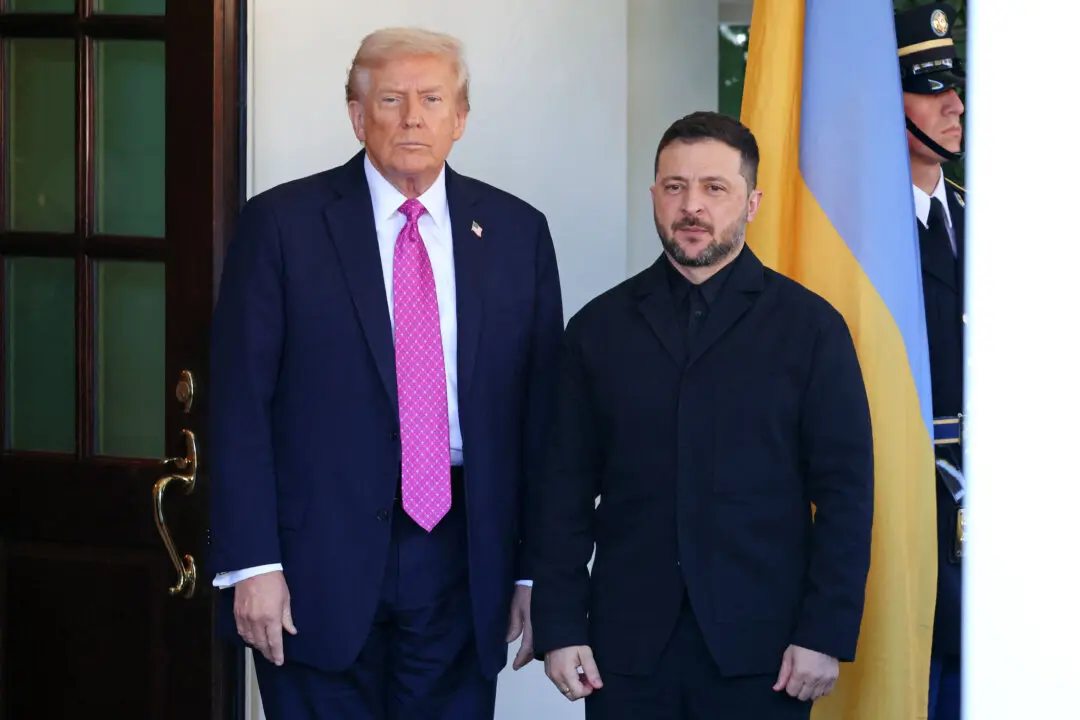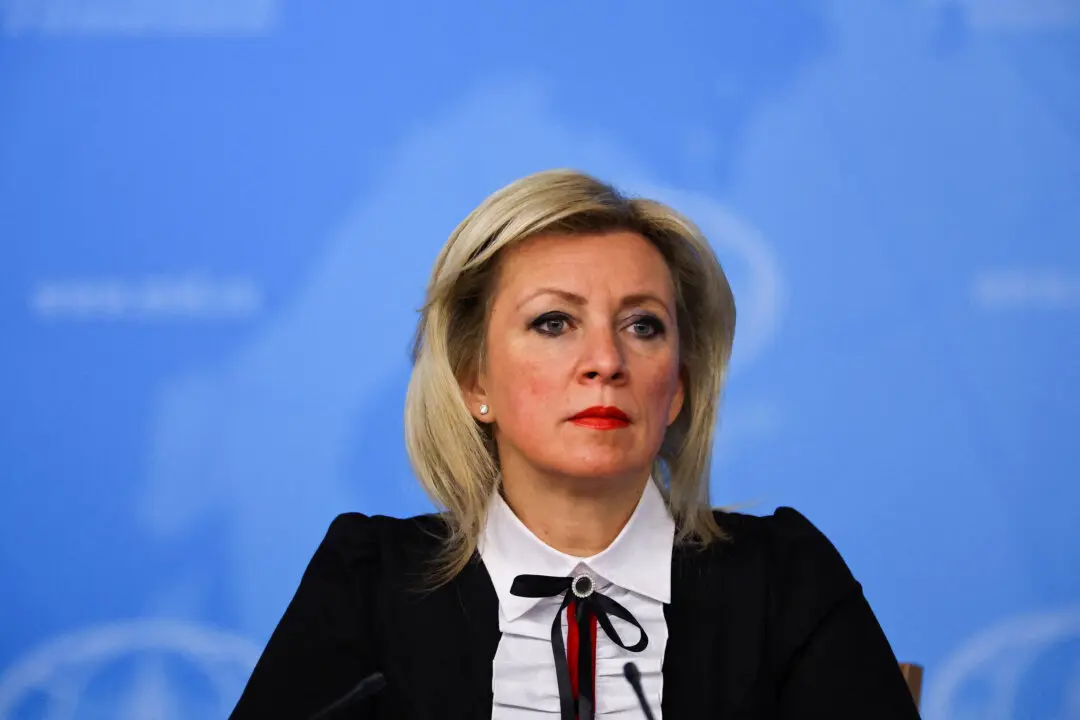German public support for an increase in defense spending has risen sharply over the past year, according to a joint survey conducted by the U.S.-based Pew Research Center and Germany’s Körber Foundation, a think tank.
As Germany prepares for its non-permanent seat on the U.N. Security Council in 2019–20, the survey sought to determine public attitudes on their country’s readiness to take on more international responsibility and associated military spending. Eligible voters aged 18 and over in Germany were asked a range of questions in September about their foreign-policy attitudes, and the findings were published in The Berlin Pulse, a Körber Foundation publication.





